Geometry Chapter Notes | Mental Maths - Class 1 PDF Download
| Table of contents |

|
| What is Geometry? |

|
| Basic Shapes |

|
| Recognizing Shapes in Real Life |

|
| Sides and Corners of Shapes |

|
| Comparing Shapes |

|
| Drawing Shapes |

|
| Fun Activities with Shapes |

|
Geometry is all about shapes and sizes! It helps us understand the world around us, from the toys we play with to the buildings we live in. In this chapter, we will learn about the basic shapes we see every day, their parts, and how they are used in our lives.
What is Geometry?
Geometry is the study of shapes. Shapes are all around us! They make up the things we see and use every day. For example, your book is a rectangle, your plate is a circle, and the window is a square. When you draw pictures, you use shapes to make things like houses, cars, and trees!
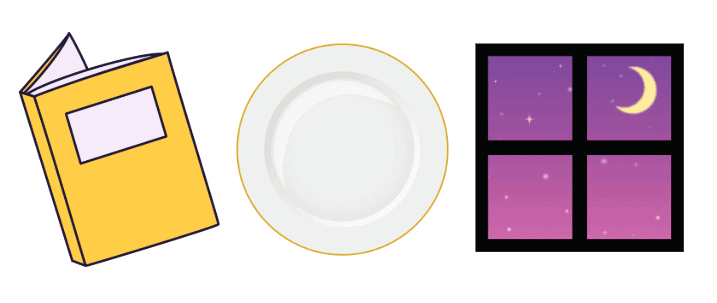 Shapes Around Us
Shapes Around Us
- It is the study of shapes and sizes.
- It helps us understand how things are made and fit together.
Basic Shapes
In Geometry, we learn about different shapes. Each shape has its own special features. Let’s look at some basic shapes:
Circle: A circle is a round shape with no corners. A circle looks like a wheel or a plate. You see circles everywhere, like in clocks or the sun!
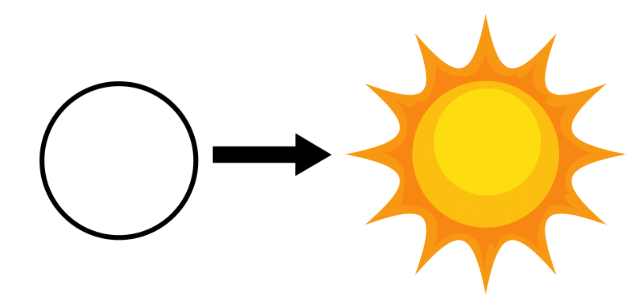 Example of Circle
Example of Circle
Square: A square has four equal sides. All the sides are the same length. A square looks like a box or a window. It has four straight sides and four corners.
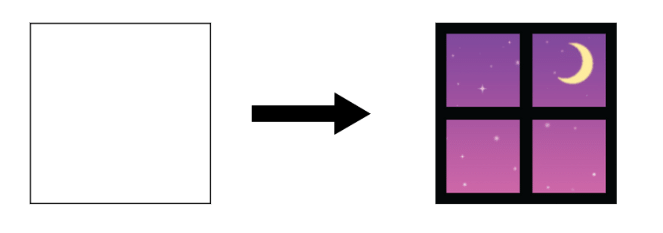 Example of Square
Example of SquareTriangle: A triangle has three sides. It looks like a slice of pizza or a mountain. Triangles can be small or big, but they always have three sides and three corners.
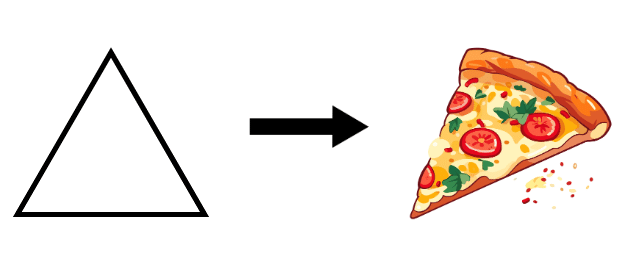 Example of Triangle
Example of Triangle
Rectangle: A rectangle has four sides. It is like a square, but opposite sides are longer. You can find rectangles in things like doors, books, and tables.
Oval: An oval is like a stretched-out circle. Think of an egg. An oval has no corners, and its sides are longer on one side and shorter on the other side.
Recognizing Shapes in Real Life
Now that we know what shapes are, let's look for them around us. Can you find these shapes in your classroom, at home, or in the playground?
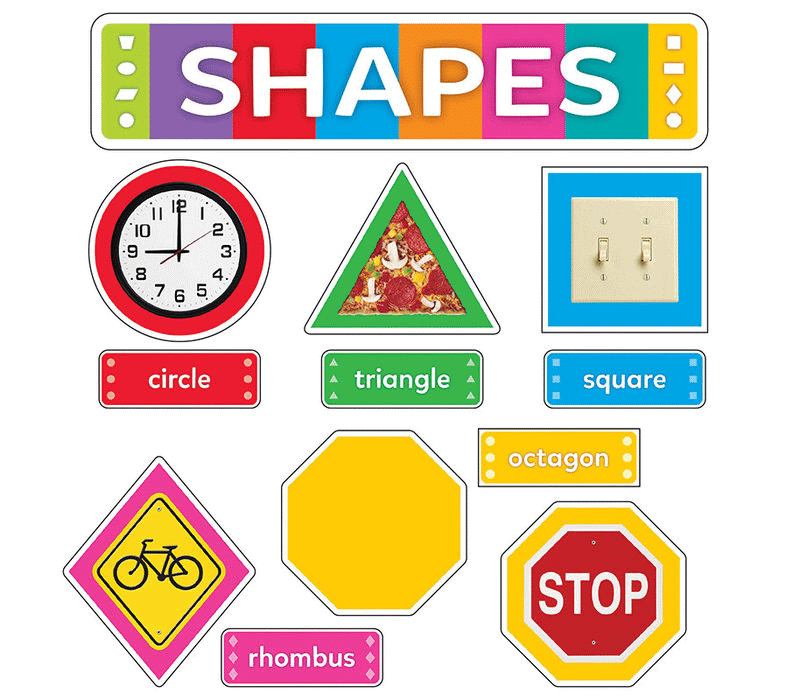
- Circle: Your clock, a wheel, a plate, and even a round balloon are circles.
- Square: Look at the books on your shelf! They are usually square or rectangular. The windows and tiles on the floor may also be squares.
- Triangle: The roof of a house is often shaped like a triangle. The slice of pizza you eat may be a triangle, too.
- Rectangle: Your door, windows, and even the whiteboard in the classroom are rectangular in shape.
- Oval: An egg is a great example of an oval shape.
By looking around, you will see that everything is made up of shapes. Geometry helps us identify and understand these shapes!
Sides and Corners of Shapes
Every shape has sides and corners.
- Sides are the straight lines that make up the shape.
- Corners are the points where two sides meet.
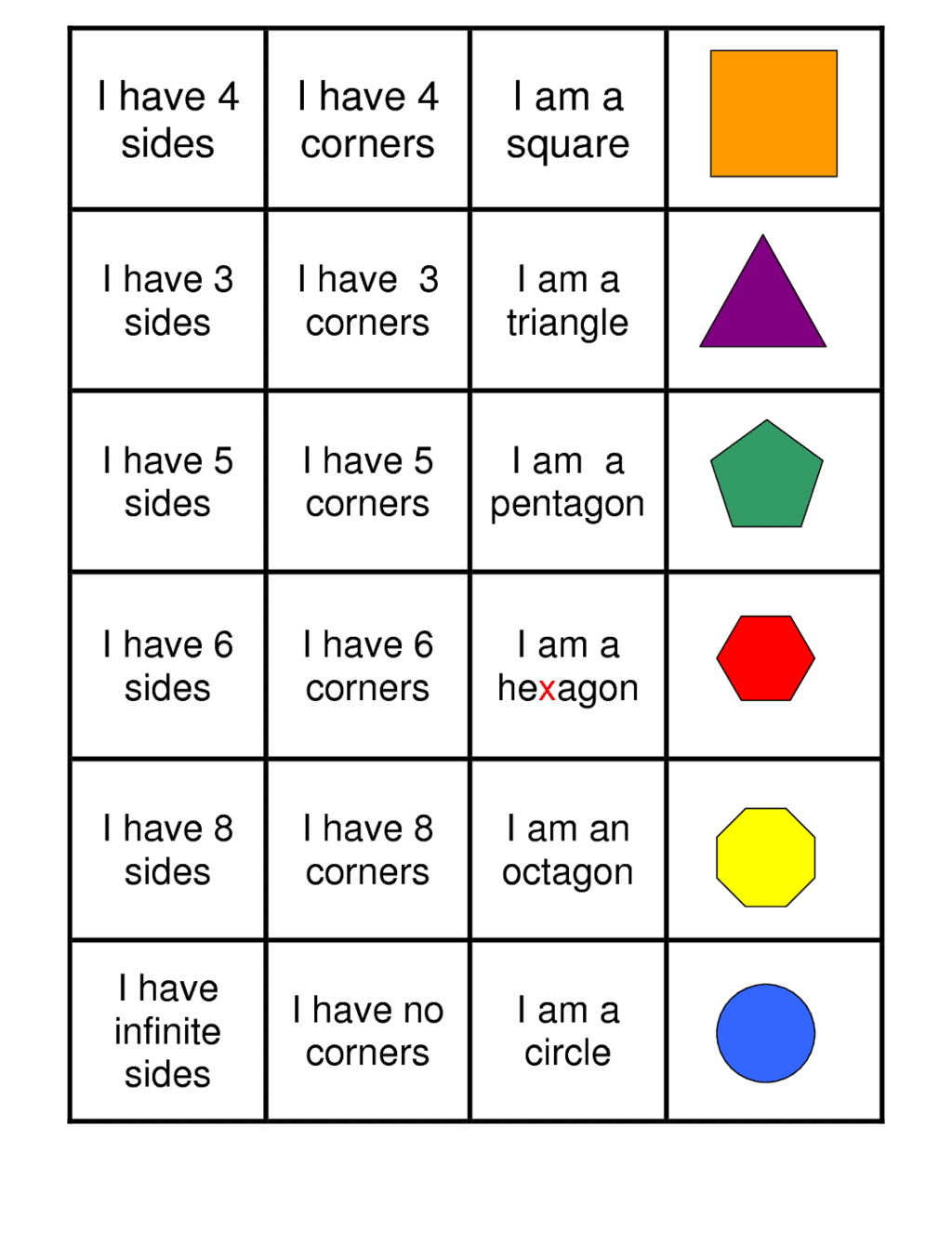
Let’s learn how many sides and corners different shapes have:
- Square: A square has 4 sides and 4 corners. All the sides are the same length.
- Triangle: A triangle has 3 sides and 3 corners.
- Rectangle: A rectangle also has 4 sides and 4 corners. But unlike a square, opposite sides are of different lengths.
- Circle: A circle has no sides and no corners. It is completely round.
- Oval: Like a circle, an oval has no corners, but its sides are longer on one side and shorter on the other.
Comparing Shapes
We can compare shapes by looking at their sides and corners. Here's how we can do it:- Square vs. Rectangle: A square has four equal sides, but a rectangle has two long sides and two short sides.
- Triangle vs. Circle: A triangle has 3 sides and 3 corners, but a circle has no corners or sides.
- Big vs. Small: You can have big shapes or small shapes. For example, a big square could be a large piece of paper, and a small square could be a tiny sticky note.
Drawing Shapes
Drawing shapes is a fun activity! Let’s try drawing the basic shapes:
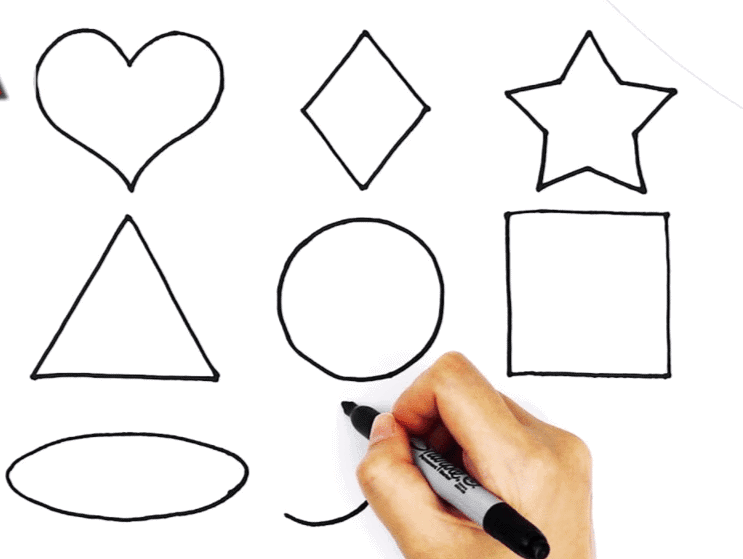
- How to Draw a Square: Take your ruler and draw four equal straight lines. Make sure the sides are the same length, and join them at the corners.
- How to Draw a Triangle: Draw three straight lines. Make sure the ends meet to form three corners.
- How to Draw a Circle: Use a round object like a cup to trace a perfect circle. Or, if you can, try drawing it freehand!
Fun Activities with Shapes
Here are some activities you can do to learn more about shapes:
Shape Hunt: Go on a hunt around your house or classroom. Try to find objects that match the shapes you learned about.
Shape Matching: Draw a few shapes on a piece of paper and cut them out. Then, try to match them with real-life objects around you. Is your book a square or a rectangle? Is your plate a circle?
Shape Patterns: Try to make patterns with shapes. For example, draw a circle, square, circle, square, and so on. See if you can create your own fun pattern with different shapes!
Geometry helps us understand the world around us in a fun way! By learning about shapes, their sides, corners, and how they appear in the real world, you can start to see how everything is made from these basic shapes. So, keep practicing, drawing, and finding shapes around you!
|
39 videos|158 docs|19 tests
|
FAQs on Geometry Chapter Notes - Mental Maths - Class 1
| 1. What is geometry and why is it important? |  |
| 2. What are some basic shapes we learn in geometry? |  |
| 3. How can we recognize shapes in real life? |  |
| 4. What are sides and corners of shapes? |  |
| 5. What are some fun activities to learn about shapes? |  |















